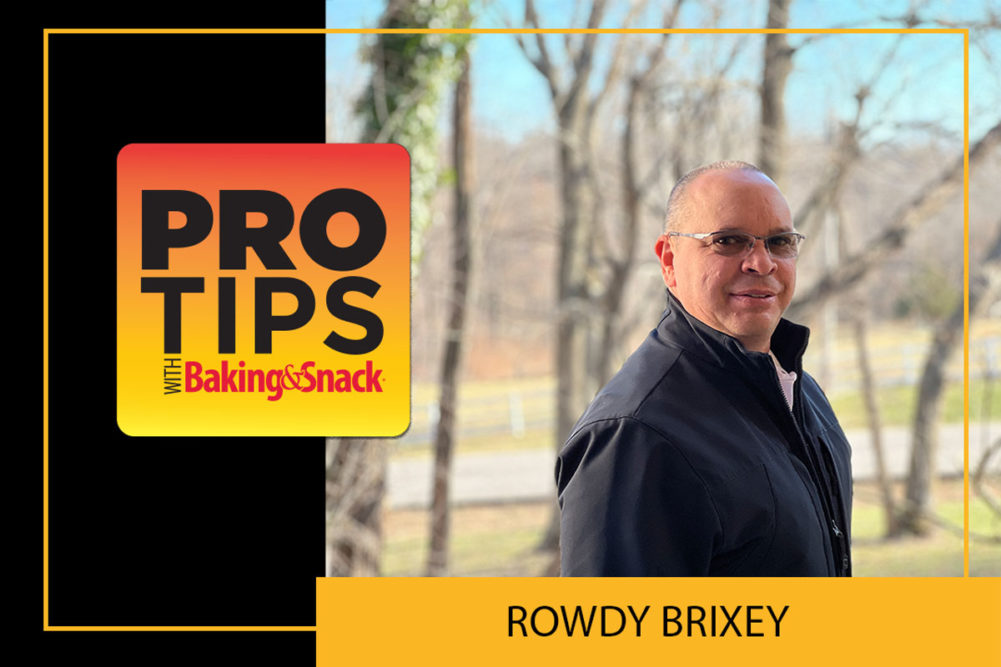Pro Tip: Make certain your bakery’s oven exhaust system is operating correctly by following these three key tips.
Proper oven exhaust (Class B) is not only critical to ensure good baking, but also a regulatory requirement for proper purge design.
Prior to lighting, the oven must purge by exchanging four cubic feet of fresh air per cubic foot of combustion chamber volume (at 1,000 feet elevation or below). This includes heating chambers and all passages that handle recirculation, including the exhaust from the by-products of combustion.
There are several things that can impact the oven’s ability to achieve the required purge volume during the calculated purge time and also impact the exhaust rate during production.
This can include damper position, exhauster speed, building pressure, oxidizer flow rate and other variables that can reduce or restrict the efficiency of an exhaust system.
All this comes down to “trust but verify,” which is required no less than annually per NFPA 86 and OSHA 1910.263(l). The oven always needs to maintain a slight negative pressure during the baking process, especially on a direct-fired oven. Otherwise, you can have poisonous carbon monoxide leaking into your building. In addition, you would struggle with excessive humidity conditions for baking and waste a considerable amount of extra fuel to achieve an acceptable bake.
During a down period, a leaking gas blocking valve could potentially allow the oven to fill with explosive gases. The purge time is designed to evacuate the bake chamber to remove any such gas and reduce or prevent a catastrophic event.
Over the course of my career — particularly more recently — I have found ovens running at positive pressure during purge. This can have catastrophic results if the bake chamber has combustible gas remaining at the point of ignition.
Here are three tips to help maintain proper oven exhaust:
- Install building pressure alarms and interlocks to ensure the proper ratio of intake fans to exhaust fans are running in rooms with gas-fired equipment. The building should always maintain a positive pressure to feed the combustion system with sufficient air, but more importantly maintain the correct exhaust rate for safety.
- Perform the required safety checks of all safety devices on an oven. OSHA 1910.263(l)(9)(ii) states: “All safety devices on ovens shall be inspected at intervals of not less than twice a month by an especially appointed, properly instructed bakery employee, and not less than once a year by representatives of the oven manufacturers.”
- Check your oven at full production rate to ensure it is maintaining a slightly negative pressure condition.
Rowdy Brixey is founder and president of Brixey Engineering Inc.
You can connect with him on LinkedIn.





